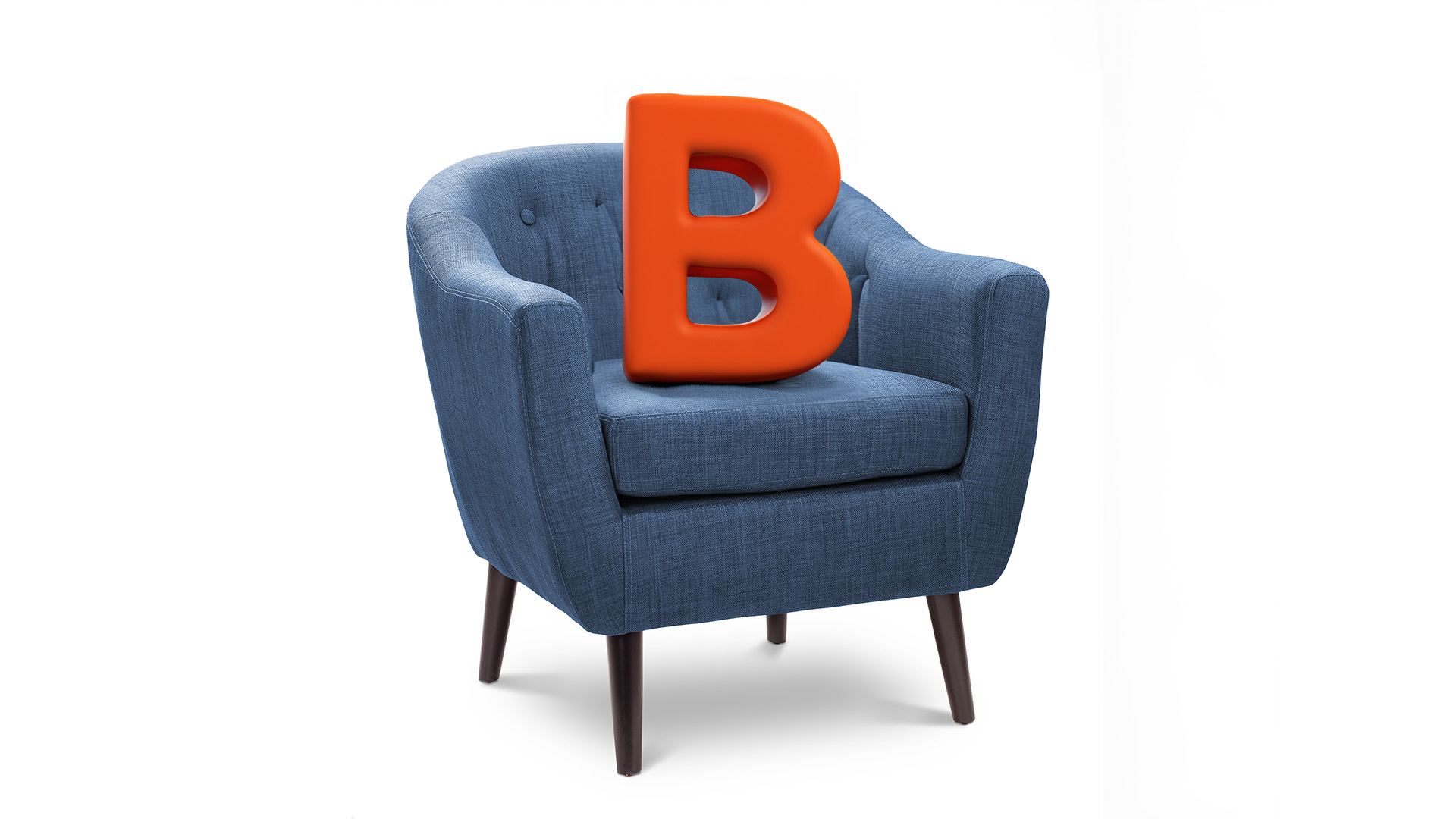The first major economic report for May has produced a very mixed report for building approvals – with a sharp fall in private sector homes, more than offset by a sharp rise in approvals for apartments, townhouses and units.
As a result the Bureau of Statistics (ABS) said approvals for the construction of new homes rose 2.4% was better than market forecasts of a 1.3% rise. At the same time house prices rose nearly 10% in the year to June, driven by a 16% gain in Sydney and 10% in Melbourne, with small rises and falls in the other capital cities.
The ABS said total building approvals still up a very solid 17.6% in the 12 months to May.
While approvals for private sector houses fell 8.4% in May, the other dwellings category, which includes apartment blocks and townhouses, saw a 16.6% jump.
But there’s no doubt the home building boom remains on track, despite the fall in new home sales in May reported on Tuesday by the Housing Industry Association.
Now the latter is a very volatile part of the approvals series – it fell 15% in May, but was up 19.6% in January. The volatility is due to the way local governments process their approvals – with the other dwelling category usually involving a large number of apartments in each application, which takes longer to check than the single house approvals for private home builders.
The construction of home units, apartments, townhouses and the like is now running neck and neck with private dwelling approvals – after being well behind in previous years. Three times this year the monthly number of other dwelling approvals has exceeded the number of single houses – in May there were approvals for 9,954 other dwellings against 9,265 approvals for private houses.
The other dwellings category is now up 43% in the year to May, against a fall of 2.3% in the same period for private houses.
In trend terms there was a fall of 0.1% in May, according to the ABS data (the trend series attempts to iron out the month to month volatility).
The ABS said that dwelling approvals fell in South Australia (3.8%), Queensland (2.1%) and NSW (0.5%) but rose 9.7% in the Northern Territory, 6% in the Australian Capital Territory, Tasmania (3.3%), Victoria (1.1%) and Western Australia (0.4%) in trend terms.
"In trend terms, approvals for private sector houses rose 0.1 per cent in May. Private sector house approvals rose in New South Wales (2.3 per cent), South Australia (0.7 per cent) and Western Australia (0.3 per cent) but fell in Queensland (1.3 per cent) and Victoria (1.2 per cent),“ the ABS said.
The value of total building approved fell 0.9% in May, in trend terms, and has fallen for three months. The value of residential building rose 0.1% while non-residential building fell 3.4% in trend terms.
The ABS said the seasonally adjusted estimate of the value of total building approved rose 2.1% in May, following a fall of 3.1% in the previous month. The value of residential building rose 3.3% following a fall of 3.7% in the previous month. The value of non-residential building fell 1.1% and has fallen for two months.
Meanwhile Australian house prices rose 2% in the June quarter and 9.8% in the year to June 30.
"The rate of capital gain was slightly higher over the second half of the year (5.1 per cent) compared with the first half (4.5 per cent) highlighting that the housing market has gathered some momentum during 2015. The previous 2013/14 financial year recorded a slightly higher rate of growth at 10.1 per cent,” the report said yesterday.
CoreLogic RP Data’s head of research, Tim Lawless said in a statement that the interest rates cuts in February and May have contributed in pushing capital gains higher.
”Growth conditions had been moderating from April last year through to the end of January 2015. With the RBA cutting the cash rate in February, there was an instant buyer reaction across the Sydney and Melbourne housing markets where auction clearance rates surged back to levels not seen since 2009, capital gains once again accelerated and we are now seeing Sydney and Melbourne homes selling in record time; Sydney homes are selling in just 26 days and Melbourne homes are selling in 32 days."
The strength in the housing market has been diverse over the year. While Sydney and Melbourne have seen dwelling values increase by 16.2% and 10.2% over the financial year respectively, every other capital city has seen growth of less than 5% and dwelling values are down over the year in Darwin (-2.9%) and Perth (-0.9%).













